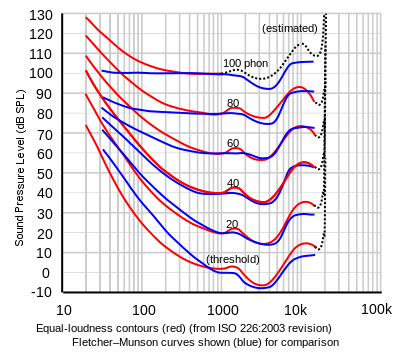Ray Girard
Member
Greetings,
I find myself being continually confused by the '0' point on the spectrum, being both the loudest and the quietest point. I've read numerous accounts but the differentiation is just not dealt with. ( I know, ..I've obviously missed some concept.) Example: "Peak exceeds -9dB"...'exceeds' meaning moving towards '0' or away? -or- Noise Floor exceeds -55 dB.
Zero means quietest ..when? Zero ...shows up as loudest on a spectrum graph.
Has anyone a very simple way to make me see this? I'm sure there is some overview that I am missing here.
Thanks....
Ray
I find myself being continually confused by the '0' point on the spectrum, being both the loudest and the quietest point. I've read numerous accounts but the differentiation is just not dealt with. ( I know, ..I've obviously missed some concept.) Example: "Peak exceeds -9dB"...'exceeds' meaning moving towards '0' or away? -or- Noise Floor exceeds -55 dB.
Zero means quietest ..when? Zero ...shows up as loudest on a spectrum graph.
Has anyone a very simple way to make me see this? I'm sure there is some overview that I am missing here.
Thanks....
Ray

